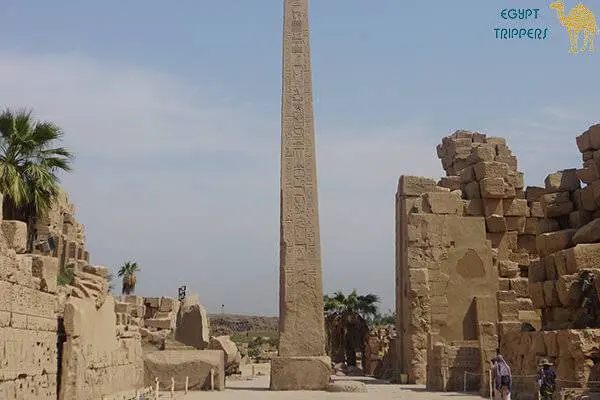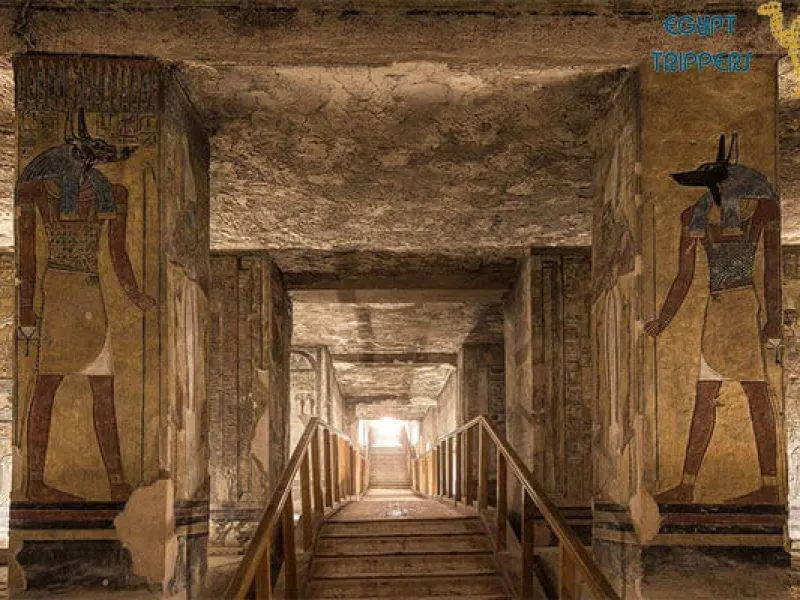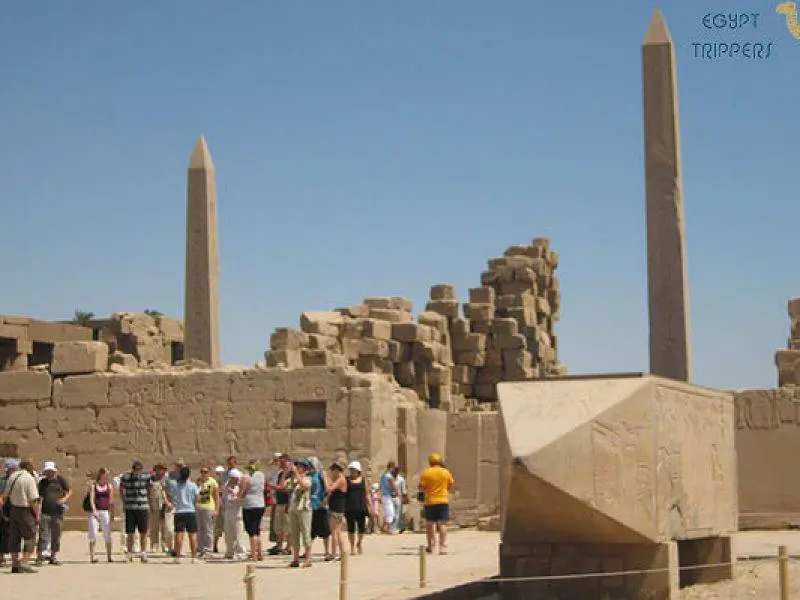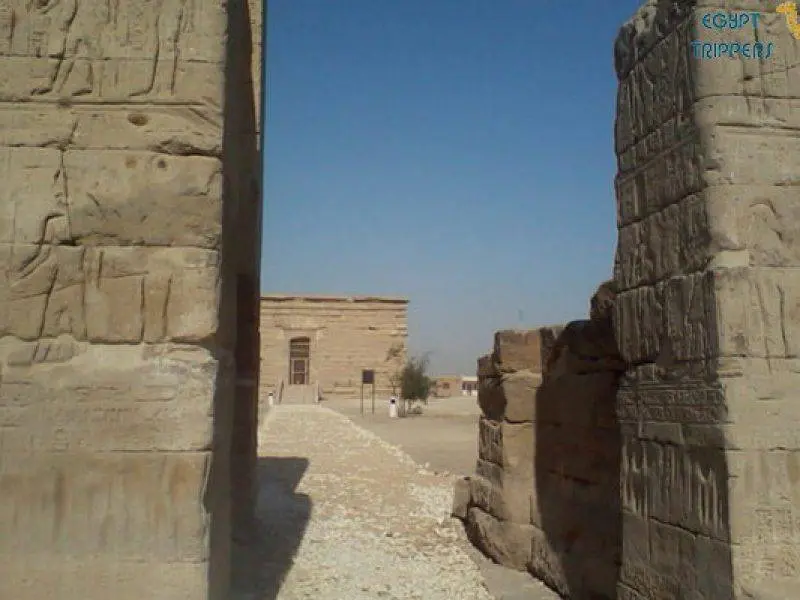Obelisk of Queen Hatshepsut

This mighty Obelisk of Queen Hatshepsut was built in the year 1457 BC and was a tribute to Queen Hatshepsut during the 18th Dynasty. It is the second largest obelisk of all ancient Egyptian obelisks and was constructed from a single chunk of pink granite. It’s an impressive structure, reaching 28 meters into the sky and weighing over 343 tons.
You’ll find the Obelisk of Queen Hatshepsut in the Big Temple of Amon. The obelisk was originally built as a tribute to the Sun God, as Pharaohs were seen as extensions of the sun. The upper half of the obelisk represents the rays of the sun touching down to the earth’s surface. Many such obelisks were covered in bronze, gold, or other metal alloys so they would shine as the sun set over them. It also is known to have represented stability and permanence.
About Obelisk of Queen Hatshepsut
At the time of construction, there were actually many Obelisk of Queen Hatshepsut built in dedication to the Queen. However, this Obelisk is the only one still standing in its original place today. One of the other obelisks, the twin to the one still standing, can be seen displayed on the temple floor. This makes it easy to examine and appreciate the delicate carvings and details of the obelisk’s inscriptions.
Others of her obelisks were removed to other parts of the world long ago to adorn palaces and city centers, ranging from cities like Rome, Paris, London, Istanbul, and even New York. Even though there were originally 27 of these obelisks in Egypt, there are only 6 still there, the rest having been stolen or gifted to other parts of the world. The six remaining in Egypt include three obelisks in Karnak, one in Heliopolis, one in Cairo, and this magnificent Obelisk in Luxor.
Hatshepsut herself has a rich history that many visitors will be interested in learning more about. She was born in the year 1490 BC and belonged to the 18th Dynasty, ruling under her father, Tutmosis I. As her father prided himself in being one of the great builders of Egypt, he ordered the beginning of construction of the Temple of Amon. Hatshepsut’s Obelisk was among the structures he ordered be built in the vicinity. She went on to hold the title of Pharaoh in her father’s and brother’s stead after they passed away, something very few ancient Egyptian women ever accomplished.
If you find yourself on a Luxor tour, you should plan to visit Queen Hatshepsut’s Obelisk while there, as it’s one of the more breathtaking sights, rich with history, that’s sure to take your breath away.




Leave a Reply